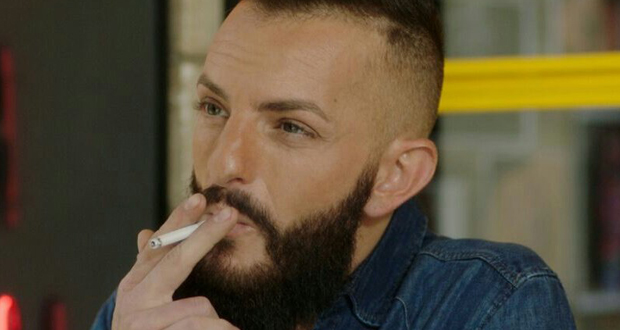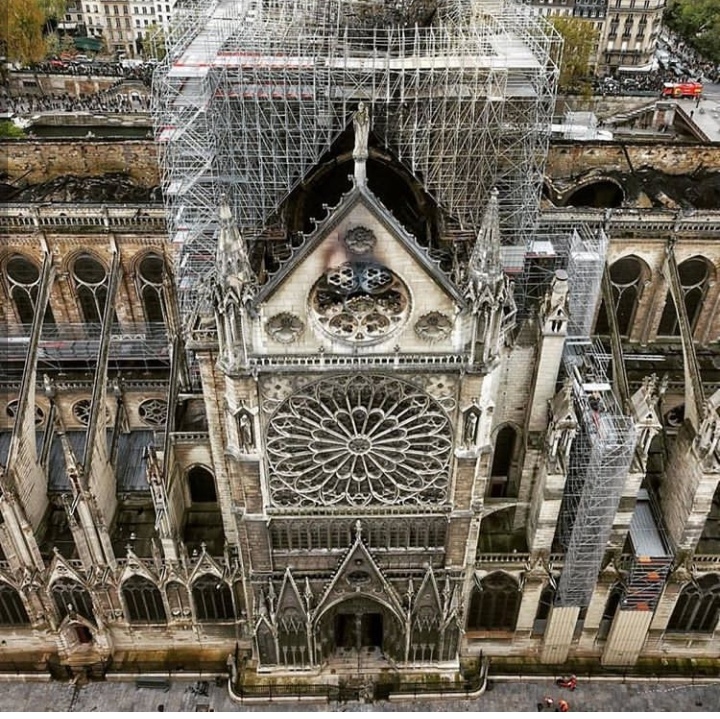How do Arab people celebrate Eid al-Fitr?
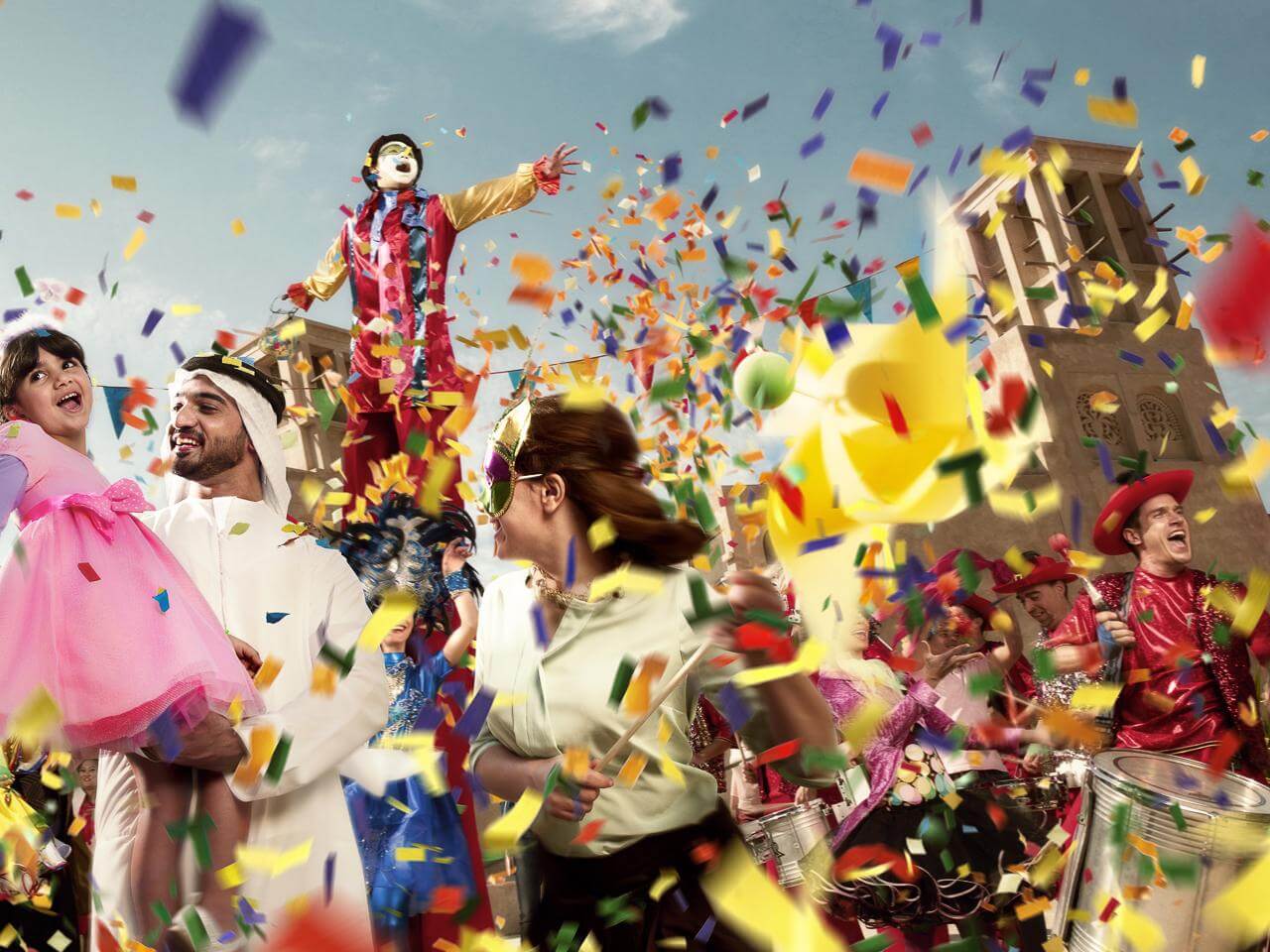
Eid is a feast and a joy, and despite the similarity of the customs of Muslims in Arab and Islamic countries during the blessed Eid al-Fitr, some peoples and countries have customs that are specific to them and not others.
Although the Eid prayer, visits to relatives, and kinship ties are the same in Islamic countries, because they are issued by religious legislation, each country has a somewhat different way of practicing these customs and traditions.
In Saudi Arabia
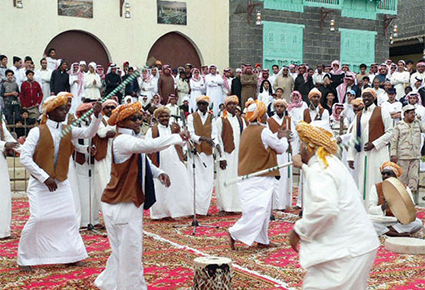
In Saudi Arabia, for example, the manifestations of Eid begin before the Eid itself, as the family begins to buy their needs of clothes, food, etc., and preparations are made for sweets for Eid in some areas, such as “Al-Kiliya” and “Maamoul”.
With the first hour of Eid morning, people gather for the Eid prayer that gathers people in their private neighborhoods. After performing the prayer, people congratulate each other in the mosque, and offer special greetings such as “Happy New Year” and “May God bless you” and “May God accept you.” Your obedience” and others.
Then people go to their homes in preparation for family visits and to receive guests from family and relatives.
Meetings are usually spread in many Saudi families, especially in rest houses located in the city or on its outskirts, where a “break” is rented in which members of the same large family gather, which includes grandfather, children and grandchildren. As sacrifices and feasts are held, followed by play by young and old, and extended family sessions are held.
Eid in Sudan
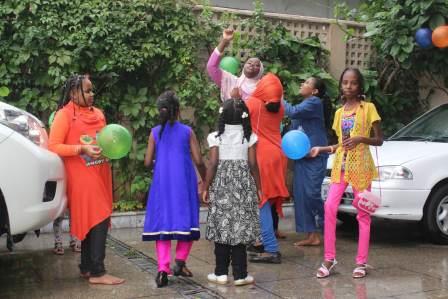
In Sudan, in the middle of the blessed month of Ramadan, the house is in full swing to prepare for the great occasion, as all kinds of sweets, cakes and bread, such as Gharib, Petit Four, Sable and Swiss, are prepared in ample quantities to honor the visitors who flock after the Eid prayer, which is performed in the squares near the mosques. As everyone witnesses it, exchanges congratulations, analyzes each other, and transcends what was preceded and what was in the past, then men of the neighborhood flock in many villages to the house of an adult, or any agreed-upon place, each carrying his breakfast, then they go out in groups to visit the sick and the elderly. Likewise, women and children do the same, as they spend the day of the first day visiting and congratulating the neighbors, before everyone sets out after lunch and afternoon prayer to visit family, relatives and friends in other neighborhoods.
The visits continue throughout the first days of Shawwal, as family and youth trips are organized, and everyone spends beautiful times with each other on the banks of the Nile.
Many Sudanese residing in cities are keen to spend the Eid holidays in their villages and childhood pastures among their families and loved ones.
Also, what distinguishes Eid in Sudan is what is known as the “Eidiyyah”, which is pieces of money given by the father, uncles, uncles and adults, to the young ones, who buy with them whatever toys and sweets they want.
In the UAE

In the Emirates, the housewife in the villages starts preparing, cleaning and arranging the house, although it is often tidy… But it is a necessity for the Eid to rearrange the house, and henna is placed on the hands of girls and women as well, and new clothes are prepared for children in particular and everyone in general, and food is prepared Eid, especially luqaimat, balaleet, and others... Then some sweets...
Quantities of fruits are also placed in the assemblies to receive guests, and of course in the forefront of all that is dates, coffee and tea.
In the villages as well… The feast begins with prayers in open spaces, and men are often dressed in new clothes, and there may be shootings in the “Rizka”… It is also a folk dance as an expression of joy.
As for the cities, the preparations are the same… But the prayer is in the Eid prayer hall, which is also open, but they do not participate in the provision. Rather, they go after the prayer to congratulate the family and relatives on the Eid, and after the noon prayer, the children and families in general go to the gardens and parks to rejoice on this day… The words of congratulation The usual... Congratulations on Eid... May you be from Awada.
Eid in Iraq
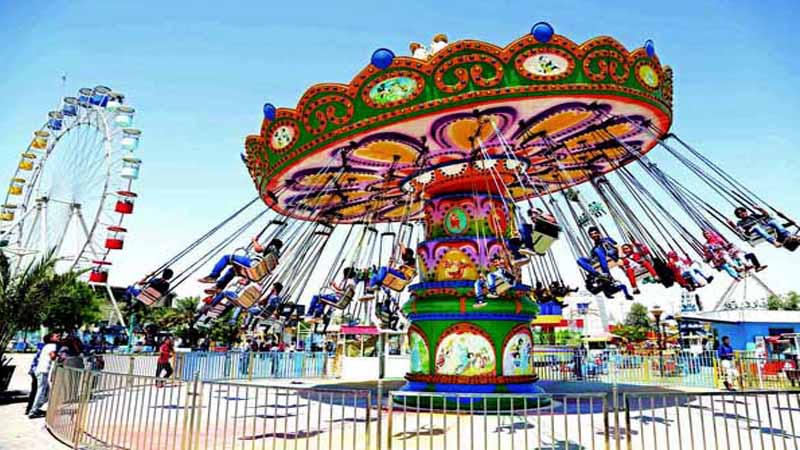
The manifestations of Eid al-Fitr begin in Iraq by setting up swings, wind turbines, and escapes, and preparing them for children. As for the women, they begin to prepare and prepare the “kleija” (maamoul) with its various types of filling, either with grated walnuts, dates, sesame seeds, sugar and cardamom, with the addition of “hawaij” which is a type of spice to give it a well-known flavour. Sweets and sweets, or from the sky "manna and salwa" or mashed. The women make a kind of “kleijah” without filling, which is called “al-khafifi”, as a little sugar is added to it, it is painted with egg yolk and baked either in the oven or in the oven. Family visits begin after breakfast, by going to the parents' house and staying there for lunch, then greeting relatives and kin and then friends. The children take the Eid from the parents first, then they go with them to the grandfather, grandmother and other relatives, after which they go to the playgrounds where they ride tires and swings and perform some of their songs.
Eid in Syria
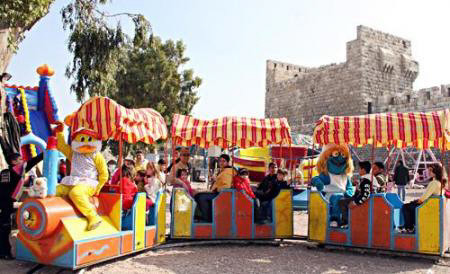
Eid in Syria begins a little early, as swings and other games for children are set up in public parks and in front of some houses, and families buy new Eid clothes in the last days of Ramadan, which leads to great overcrowding in the markets, and people are keen to buy Eid sweets. Such as candies, chocolates and other items.
There are many types of sweets in Syria depending on the city. In the eastern regions, kaleja or maamoul and tablets are prepared, and in Aleppo, the Aleppo kababj that is eaten with the natef, and in Homs the tablets and others are made.
With the first day of Eid, many people of Damascus pray in the Umayyad Mosque, as others pray in other mosques, and then everyone visits the graves, prays for the dead, and reads the Qur’an on their graves.
After that, preparations are made in the homes to visit the relatives, as the men visit the grandfather and grandmother at first, then the aunts and uncles.
As for the boys and children, they spend the Eid in some family visits, while they spend most of the time in the markets, amusement parks and gardens. They do not forget to take the “Eid” from relatives, such as grandfather, grandmother, uncles and aunts, which is added to the “Kharjiya” or “Eid” that the father and older brothers present on the morning of the first day of Eid.
The family also gathers in the evening to go out to one of the restaurants in the city, or on its outskirts, and many of them go to summer resorts near their cities, such as Bloudan, Masyaf, Safita, Zabadani and others.
Eid in Yemen
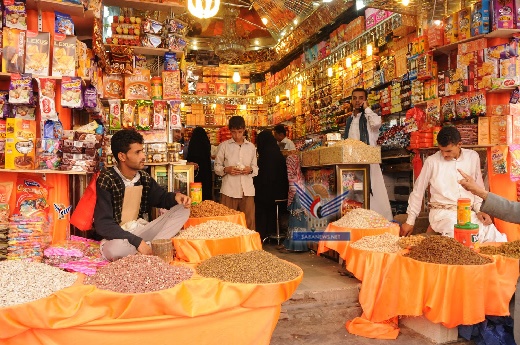
The manifestations of Eid in Yemen appear in the last ten days of the holy month of Ramadan, as young and old are busy collecting firewood and placing it in the form of high piles, to be burned on the night of Eid, as an expression of their joy at the arrival of Eid al-Fitr and grief over his farewell.
We find the people of villages in Yemen slaughtering sacrifices and distributing their meat to neighbors and friends, and sitting in councils throughout the days of Eid to exchange different stories. In the cities, they go to exchange family visits after the Eid prayer, which is presented to the children.
And the Yemeni dishes that hardly a home is free of are “salta” and it consists of crushed fenugreek and pieces of cooked potatoes with a little meat, rice and eggs. Yemeni women are keen to provide types of food to guests on the feast, including: Bint Al-Sahn or Al-Sabaya, which is made of chips Of unleavened bread, held together and mixed with eggs, lard and natural honey.
Eid customs in Yemen differ between cities and villages. In villages, these customs take on a greater social character, by gathering in a public square, and holding folk dances and dances, with joy at the advent of Eid.
Eid in Egypt
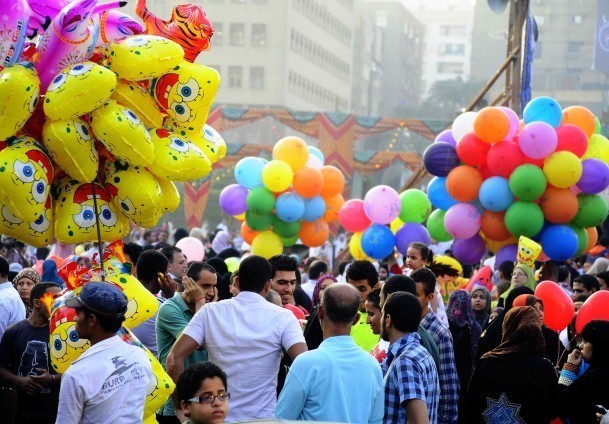
In Egypt, popular neighborhoods are decorated with the appearance of Eid, and children return with their parents, carrying new clothes that they will wear on the morning of Eid al-Fitr.
And you find the most crowded before Eid in all bakeries because they are preparing to make Eid cakes, which is a feature of the Eid in Egypt, and the women take great care in his work with other pies, pastries and sweets that are presented to the guests.
As for the houses of God, the takbeers and religious recitations begin, as people perform the Eid prayer in the great squares and ancient mosques in Cairo, and after the Eid prayer, congratulations are exchanged on the advent of the blessed Eid. The beautiful ones are happy to ride the swings and the wind wheels, and the carts that go through the streets of the cities, while they sing their sweet songs and sighs, rejoicing in these beautiful days

